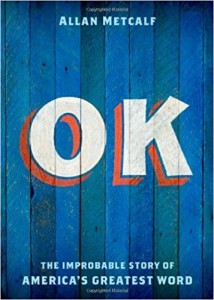Opening Gambits in Blogging for Business

When you’re serving up seventeen articles about the very same topic, how do you keep things different and engaging? It’s all in the opening lines, I discovered, looking through TIME’s special edition, The Science of Exercise.
Of course, that’s hardly “new news” – I’ve always stressed to new content writers that opening lines have a big job to do. “Cute-sy” writing may not cut it, either, because, as blog content writers, we can hardly afford to be enigmatic in our attempt to arouse curiosity. We have to assure readers they’ve come to the right place to find the information that satisfies their need for answers. On the other hand, a “pow” opening line may be just what’s needed to keep a reader progressing through the page.
- “Ever since high school, Mark Tarnopolsky has blurred the line between jock and nerd.”
- “Is your DNA your destiny? Not if you exercise, suggests new research.”
- “If you’ve ever opened a birthday card to a message that reads ‘It’s all downhill from here’, you’re likely at an age when, according to popular opinion, your best days are behind you.”
Openers come in different flavors and sizes. To help my business owner and professional practitioner clients and their freelance blog content writers focus on their blog post openers, I’ve selected several personal favorites out of The Science of Exercise:
Bold assertion
“Exercise is a miracle drug,” is the opening statement of “The Incredible Medicine of Movement”, in which New York sports medicine physician Jordan Metzl reviews scientific research providing “irrefutable evidence of the medicinal value of exercise.”
In-your-face statement
“There’s such a thing as good pain.” Robert Davis is referring to DOMS, the delayed-onset muscle soreness that comes after exercise, but that opener is counter-intuitive enough to grab attention.
Thought provoker
“There’s no denying that running is one of the most democratic ways to work out.” Author Alexander Sifferlin explains that running can be done anytime, anywhere, with the only requirement being a good pair of running shoes and stamina. That opening line leaves readers wondering just why Sifferlin selected the unlikely descriptor “democratic” for exercise, and encourages them to keep reading to learn the answer.
Personal anecdote
“As I huffed and puffed up the subway stairs, trying to catch the elevated train to work one recent morning….” Blog readers respond to first and second person nouns. It can be highly effective to relate how you personally went through the same failure stages.
When you’re a blog content writing serving up many posts over time, all revolving around the very same general topic, how do you keep things different and engaging? It’s all in the opening lines!





Follow us online!